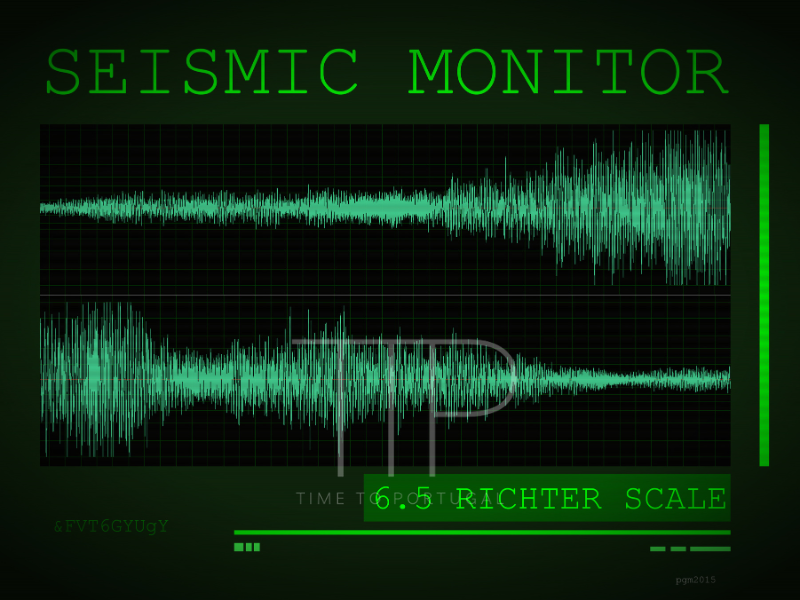In January there were several earthquakes in different parts of Portugal. Notícias ao Minuto tried to find out from a geologist why this is happening and whether this seismological activity is within normal parameters.
In January, the earth shook several times in Portugal. So far, the biggest earthquake occurred on January 14 on the island of Terceira, in the Azores, where an earthquake measuring 4.5 on the Richter scale brought back memories of the tragic earthquake of 1998, which killed nine people, injured hundreds of others and left thousands homeless on the island of Faial.
But earthquakes haven’t only struck Terceira. On a smaller scale, the earth has also been shaking in São Miguel and São Jorge and this month it has also shaken in Beja and in the Madeira – Tore area, a seamount that connects the island of Madeira to Mount Tore, located between the archipelago and mainland Portugal.
This is normal, as geologist Rita Carmo from the Seismic Information and Surveillance Center of the Azores (CIVISA) and the Institute for Research in Volcanology and Risk Assessment (IVAR) explains to Notícias ao Minuto: “When there is movement on a fault, it is natural for tensions to be generated in adjacent tectonic structures, which can generate new earthquakes until a new stability is reached (for some time),” she explains.
“Sometimes, some sectors of these boundaries are blocked for several hundred years, allowing a high accumulation of stress. When a rupture occurs, the stress accumulated until then is suddenly released, causing earthquakes with a high destructive potential. However, seismicity is not restricted to these boundary zones, but also occurs in intra-plate environments,” explains the volcanology expert.
However, although the vast majority of earthquakes are the result of the accumulation of tensions of tectonic origin, there is also seismicity associated with volcanic activity, reflecting the rupture of rocks as magmatic fluids pass through regions where there is active volcanism. “These earthquakes usually have smaller magnitudes and appear grouped together in time and space, giving rise to seismic crises or seismic swarms,” he explains.
According to Rita Carmo, the geographical distribution of seismicity is not at all “random” and “tends to occur along well-defined bands” corresponding to the boundaries of tectonic plates. The relative movements between adjacent tectonic plates, be they convergent, divergent or transform faults, give rise to earthquakes along their boundaries.
In the Azores, for example, the earth shakes because the islands are located in the contact zone between the North American, Eurasian and African lithospheric plates, the Azores Triple Junction.
Mainland Portugal, on the other hand, is located on the Eurasian plate, which is bounded to the west by the Mid-Atlantic Ridge and to the south by the Azores-Gibraltar Fault Zone, and it shakes because to the west, at the level of the Mid-Atlantic Ridge, there is “divergent plate movement, with the North American plate moving west and the Eurasian plate moving east. To the south, the Eurasian and African plates converge, resulting in a band of diffuse deformation and intense seismicity. In fact, the most destructive earthquakes to hit mainland Portugal originated in this area,” recalls the CIVISA and IVAR expert.
In addition to the seismicity recorded in adjacent areas, there is also more moderate seismicity in the interior of the continent, in an intra-plate environment, as the mainland is crossed by several active faults capable of generating earthquakes. Examples are the Lower Tagus Valley fault, related to the Benavente earthquake of April 23, 1909, the Vilariça fault which caused the earthquakes of December 19, 1751 and March 19, 1858, the Nazaré-Pombal fault, possibly the seismic source of the earthquakes of 1528 and February 21, 1890, or the Loulé fault, which is probably associated with the earthquakes of November 1587 and January 12, 1856.

